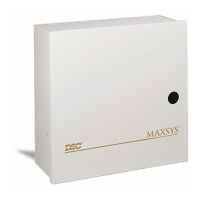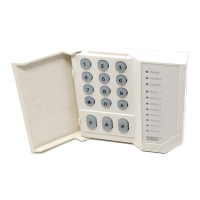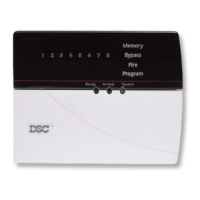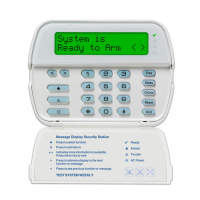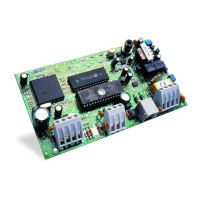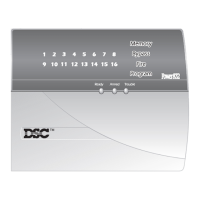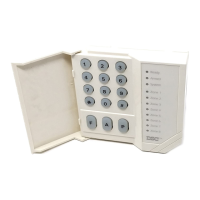22
SYSTEM AREA
COMMUNICATOR
MAIN ITEMS
Pager Format 1
Pager Format 1 (Semadigit) transmits 7 DTMF digits for each event. Each round is transmitted as
follows: AAAA XX C Where AAAA is the 4 digit Account Code.
XX is the 2 digit reporting code.
C is the DTMF Character #
Only one event is communicated per call. This format requires and initial handshake of 440 Hz,
and a kissoff handshake of 1400 Hz.
Note: Pager Formats should only be used as a backup, If using other communication
formats do not program Dialer Directions for the pager format.
Pager Format 2
Pager Format 2 (Semaphone) transmits no data. The system will call the number programmed
once for every event that occurs. This format is intended to be used with a pager but can be used
to call a private residence. This format will “beep” the line every 2 seconds after dialing the
phone number. Although this event is not identified, the recipient is made aware of the alarm.
Only one event is communicated per call. No handshake of kissoff signals are required for this
format.
Note: Pager Formats should only be used as a backup, If using other communication
formats do not program Dialer Directions for the pager format.
Do not use this format with 1300 Hz I.D.
Pager Format 3
Pager Format 3 transmits 7 DTMF digits for each event. Each round is transmitted as follows:
AAAA XX C Where AAAA is the 4 digit Account Code.
XX is the 2 digit reporting code.
C is the DTMF Character #
Only one event is communicated per call. No handshake or kissoff signals are required for this
format.
Note: Pager Formats should only be used as a backup, If using other communication
formats do not program Dialer Directions for the pager format.
Do not use this format with 1300 Hz I.D.
This section determines which reporting codes are sent to the selected phone number. All
reporting codes can be programmed to communicate to any or all of the phone numbers. By
default, all reporting codes are sent to phone number 1 only. See “Comms Toggles” for using
phone numbers 2 and 3 as backup phone numbers.
YES = Alarm and Restoral reporting codes are transmitted to the monitoring station by the
selected phone number.
NO = Alarm and Restoral reporting codes are not sent.
The reporting codes are:
• Zone Alarms • Duress • [F] [A] [P] Key Restorals
• Zone Restorals • Module Tamper Alarms • Cellular Trouble
• Zone Troubles • Module Tamper Restorals • Cellular Trouble Restorals
• Zone Trouble Restorals • [F] [A] [P] Key Alarms • Zone Faults
• Zone Fault Restorals
See “Reporting Codes” for a description of these groups of reporting codes.
YES = Opening and Closing reporting codes are transmitted to the monitoring station by the
selected phone number.
NO = Opening and Closing reporting codes are not sent.
The groups of reporting codes, that are Openings and Closings, are:
• Closings by Access Codes 001 to 128 • Openings by Access Codes 001 to 128
• Misc Closing Reporting Codes • Misc Opening Reporting Codes
• 2nd Master Close • 2nd Master Open
• Momentary/Maintained arm
See “Reporting Codes” for a description of these groups of reporting codes.
ALARM/RESTORE
Y
DIALER DIRECTION
(2)
OPEN/CLOSE
Y
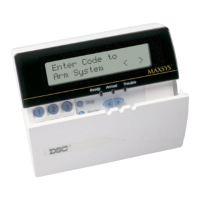
